Which Organization Serves As The Principal
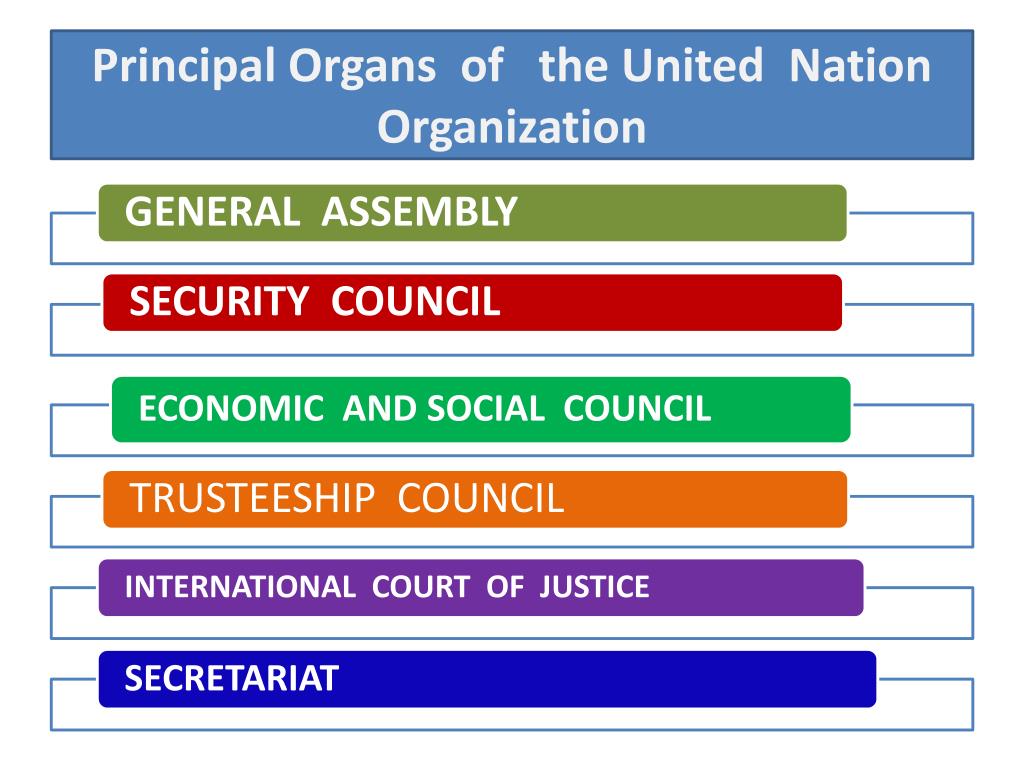
When disaster strikes and humanitarian assistance is needed on a grand scale, a complex web of organizations mobilizes to provide aid. Identifying the single “principal” organization responsible for coordinating these efforts is, however, a nuanced and often debated topic within the humanitarian sector.
This article explores the roles and responsibilities of key international bodies involved in disaster response, examining which entity typically serves as the central coordinating force.
The United Nations: A Central Coordinating Role
While numerous governmental and non-governmental organizations (NGOs) contribute to disaster relief, the United Nations (UN), through its various agencies, frequently assumes a central role in coordinating international humanitarian assistance.
The UN’s involvement is guided by UN General Assembly Resolution 46/182, which established the framework for strengthening the coordination of humanitarian emergency assistance of the United Nations.
The Office for the Coordination of Humanitarian Affairs (OCHA)
OCHA, the Office for the Coordination of Humanitarian Affairs, is the UN body explicitly mandated to bring together humanitarian actors to ensure a coherent response to emergencies. OCHA's core functions include coordination, policy development, advocacy, and humanitarian financing.
It provides a framework within which diverse actors – UN agencies, NGOs, governments, and the private sector – can work together effectively.
OCHA's role is to facilitate information sharing, needs assessments, and strategic planning to avoid duplication of effort and ensure resources are allocated effectively.
The Inter-Agency Standing Committee (IASC)
The IASC, the Inter-Agency Standing Committee, is another crucial element of the UN's coordination mechanism. It is comprised of the heads of key UN and non-UN humanitarian organizations.
The IASC serves as the primary mechanism for inter-agency coordination of humanitarian assistance.
It develops humanitarian policies, agrees on common strategies, and advocates for humanitarian principles. It plays a key role in ensuring a unified response.
Other Key Players and Their Roles
While the UN often plays a lead coordinating role, other organizations also contribute significantly to disaster response efforts.
The International Federation of Red Cross and Red Crescent Societies (IFRC), for example, coordinates the activities of National Red Cross and Red Crescent Societies in disaster-affected countries.
Large international NGOs like Oxfam, Save the Children, and Doctors Without Borders often operate independently, providing essential services and advocating for affected populations.
Coordination Challenges and Limitations
Despite the existence of coordination mechanisms, challenges remain in ensuring effective and efficient disaster response.
Coordination can be hampered by factors such as political sensitivities, competing priorities among different actors, and funding constraints.
According to a report by the Overseas Development Institute (ODI), “Coordination structures are often under-resourced and lack the authority to enforce compliance among participating organizations."
“The effectiveness of humanitarian response depends not only on the availability of resources but also on the capacity of actors to work together in a coordinated manner.” - ODI Report
The Importance of Local Actors
Increasingly, there is a recognition of the crucial role of local actors in disaster response.
Local communities and organizations are often the first responders and have the best understanding of the needs and context.
International organizations are increasingly emphasizing the importance of working in partnership with local actors, building their capacity, and empowering them to lead response efforts.
A Case Study: The Haiti Earthquake
The 2010 Haiti earthquake provides a stark example of the complexities of humanitarian coordination.
While the UN played a major role in coordinating the international response, the sheer scale of the disaster and the large number of actors involved created significant coordination challenges.
Reports following the earthquake highlighted the need for improved information sharing, better needs assessments, and greater attention to the role of local actors.
Conclusion: A Collaborative Effort
In conclusion, while the UN, particularly through OCHA and the IASC, often serves as the principal organization in coordinating international humanitarian assistance, effective disaster response is ultimately a collaborative effort.
Many organizations, including the IFRC, international NGOs, and local actors, contribute essential resources and expertise.
Continuous efforts to strengthen coordination mechanisms, promote collaboration, and empower local actors are crucial for ensuring effective and efficient assistance to those affected by disasters.
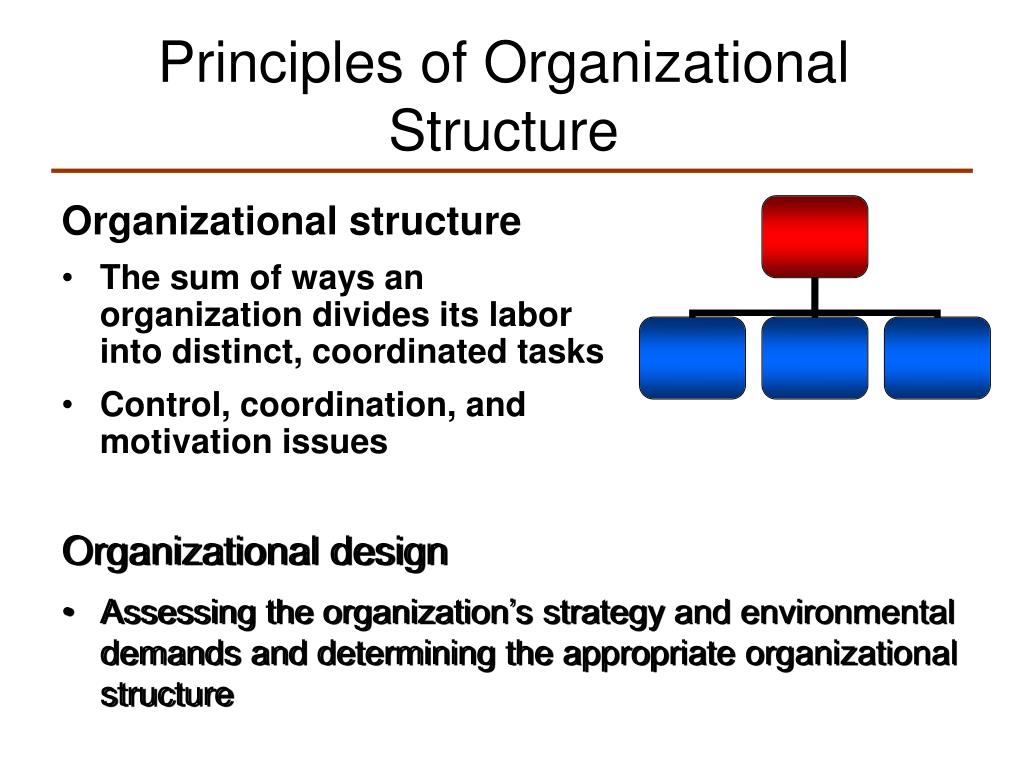
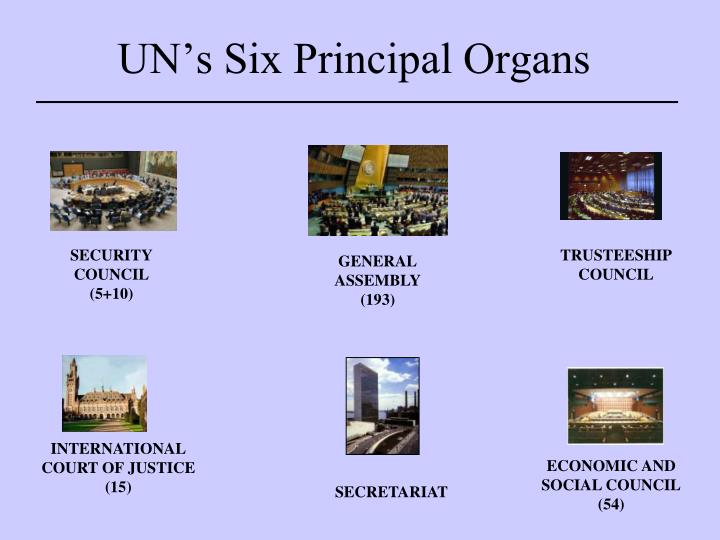
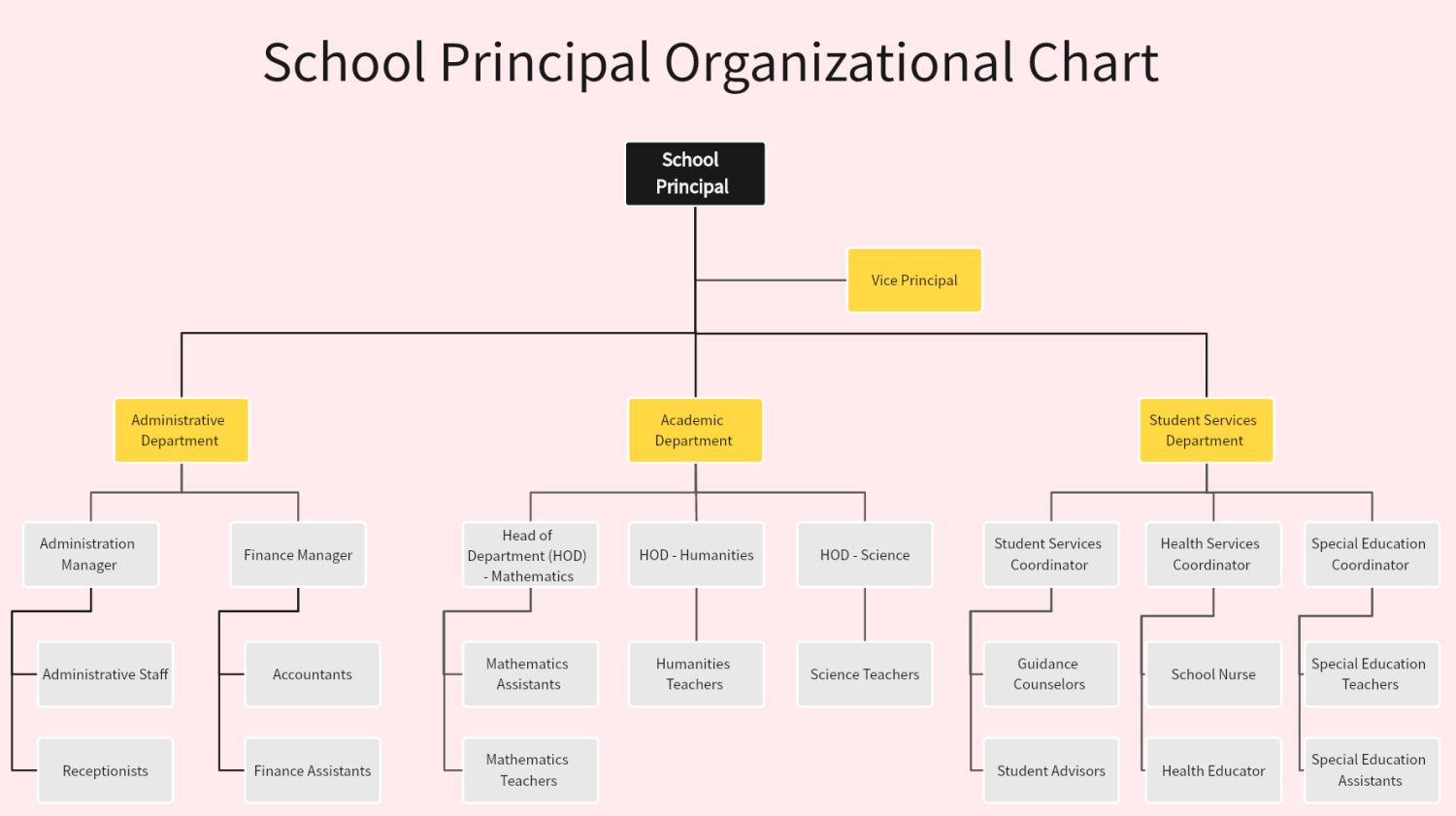



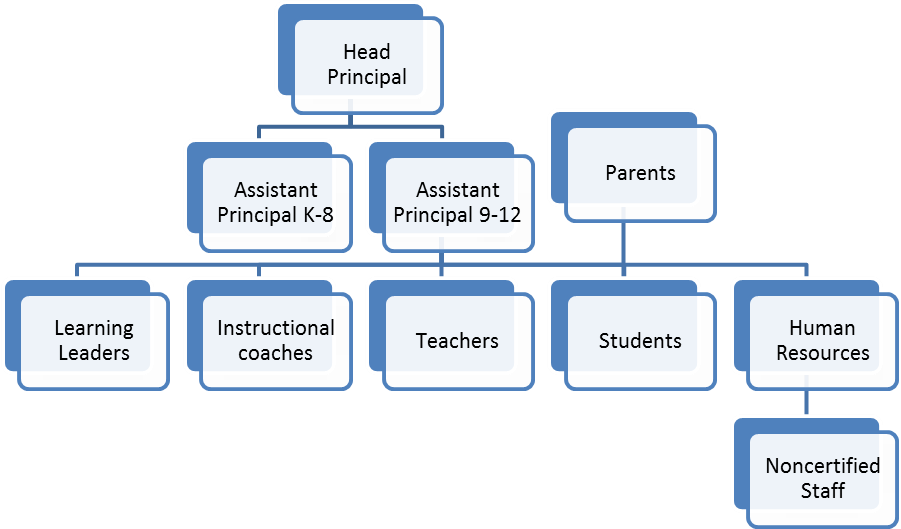
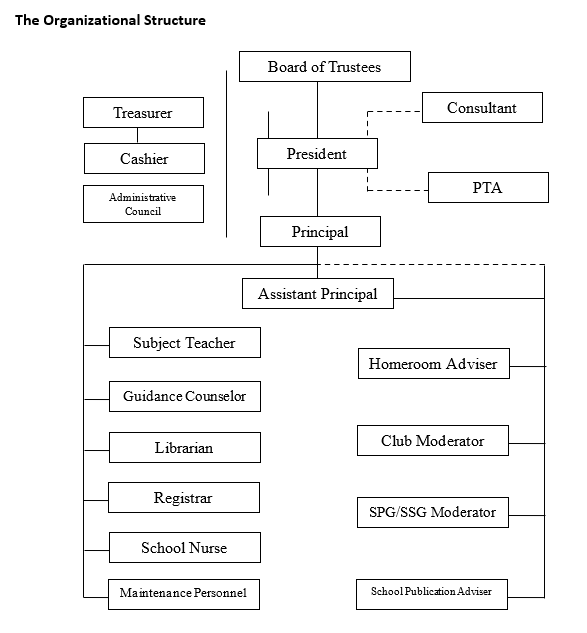

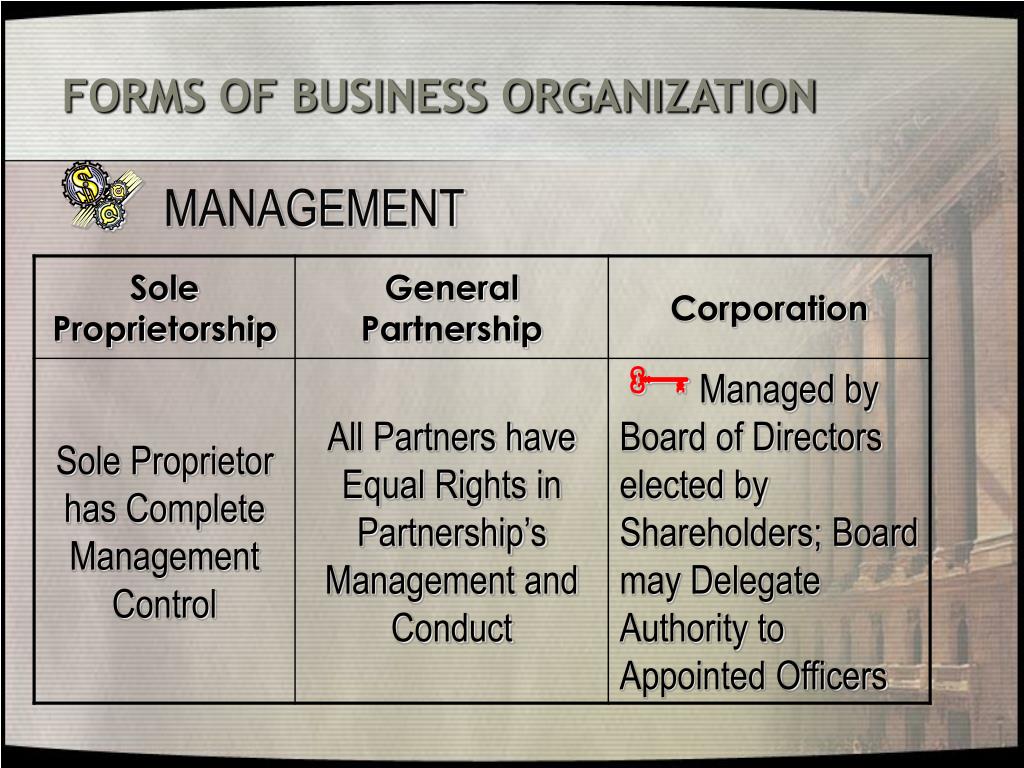




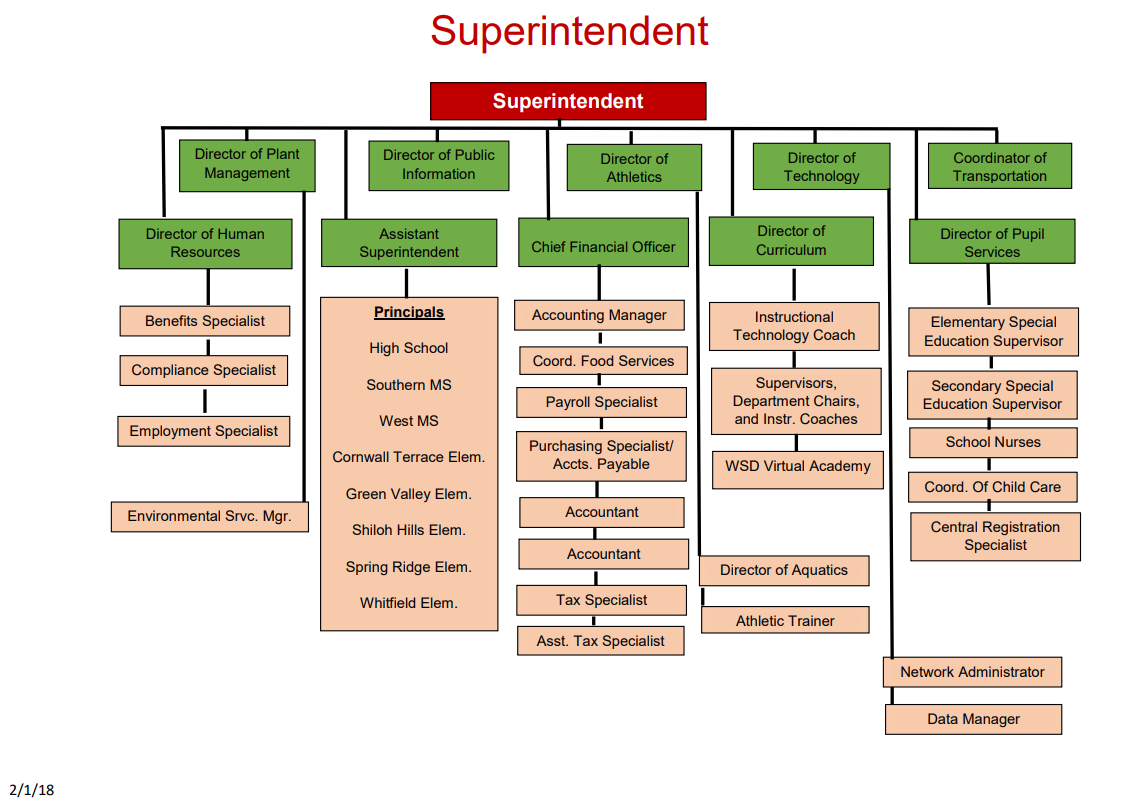
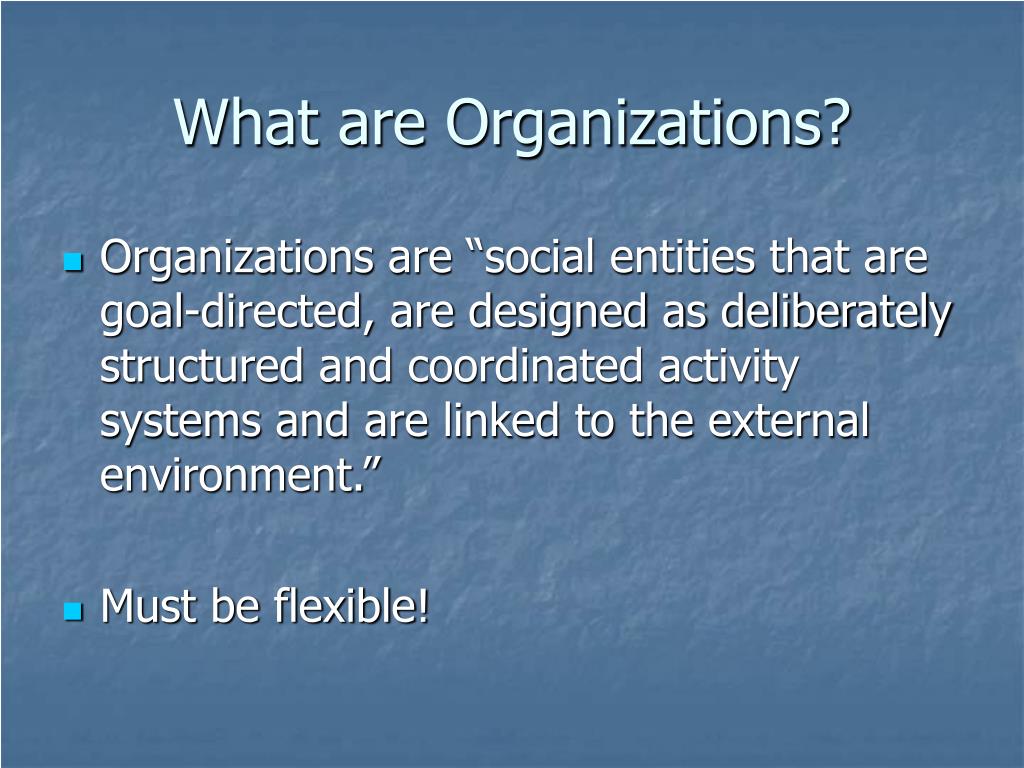
_0.png)

